Scars can be a lasting reminder of past injuries or surgical procedures, affecting both physical appearance and self-confidence. Fortunately, advancements like scar revision surgery have led to various techniques for scar removal and improvement. Today, we will discuss how to get rid of scars, scar removal surgery aftercare, and answer a common question you might have: how long is recovery from scar revision surgery? Let’s get started.
What Is Scar Revision Surgery?
Scar revision surgery is a specialized procedure performed by plastic surgeons to improve the appearance of scars. It is commonly used for large, raised scars such as keloids, hypertrophic scars, or scars resulting from previous surgeries or injuries. The surgery aims to minimize the scar's visibility, blend it with the surrounding skin, and enhance its texture, resulting in a smoother and flatter appearance.
Related: Scar Management 101: Tips For Reducing Surgery Scarring
When Is Scar Revision Surgery Necessary?
Also known as “indications” for surgery, these are the types of things that your surgeon may look for before committing to scar revision surgery for you:
- Your scars are hypertrophic
- Your scars are keloids
- You have contracture scars
- Your scars are discolored
To read more about how to choose between topical and surgical scar treatment, check out What Is the Best Scar Treatment Route: Surgical or Topical.
How Long Is Recovery From Scar Revision Surgery?
Recovery from scar revision surgery can vary depending on the extent of the procedure, individual healing factors, and the specific techniques used. While each person's experience may differ, it is helpful to have a general understanding of the recovery timeline. Here is a rough guideline of what to expect from scar removal surgery aftercare:
Immediately Following Surgery
You can expect to need bandages and dressings after surgery – these will protect your incision. You may also be prescribed some type of pain medication and you can expect to have activity restrictions. These restrictions will keep you from opening up your wound and radically scarring all over again.
Week One
This will be a week filled with swelling and bruising, which is entirely normal. You can use cold compresses during this time, and keeping your surgical incision elevated can help, too. You’ll also probably have a follow-up appointment with your provider so that they can check your incision and remove any stitches, if necessary.
Month One
Your new scar will start to form in the first month; at first, it will be red and may even be a little bit raised. However, this is completely normal and your scar will even and fade with time. You’ll also be able to gradually resume your normal activities over the course of the month.
An important part of the first month of healing will also include you using a scar heal product like our Scar Heal Kits with silicone. This system works by ensuring that your scar has the best environment possible to restructure itself.
Learn More: How Does The Rejuvaskin Scar Treatment System Work?
Three to Six Months
You will have regular follow-up visits during this period, and your scar will continue to mature and undergo changes. It will gradually soften, flatten, and fade. It’s incredibly important to keep your scar protected from UV rays during this time.
Beyond Six Months
Over time, your scar will continue to improve and become less noticeable. However, as you likely discussed with your surgeon, there’s no way to completely remove a scar – a new one always forms in its place. The goal is to replace it with a much less noticeable one. Furthermore, the final outcome of your surgery might take a year or more to fully manifest. Patience and consistent scar management are key if you want the best results.
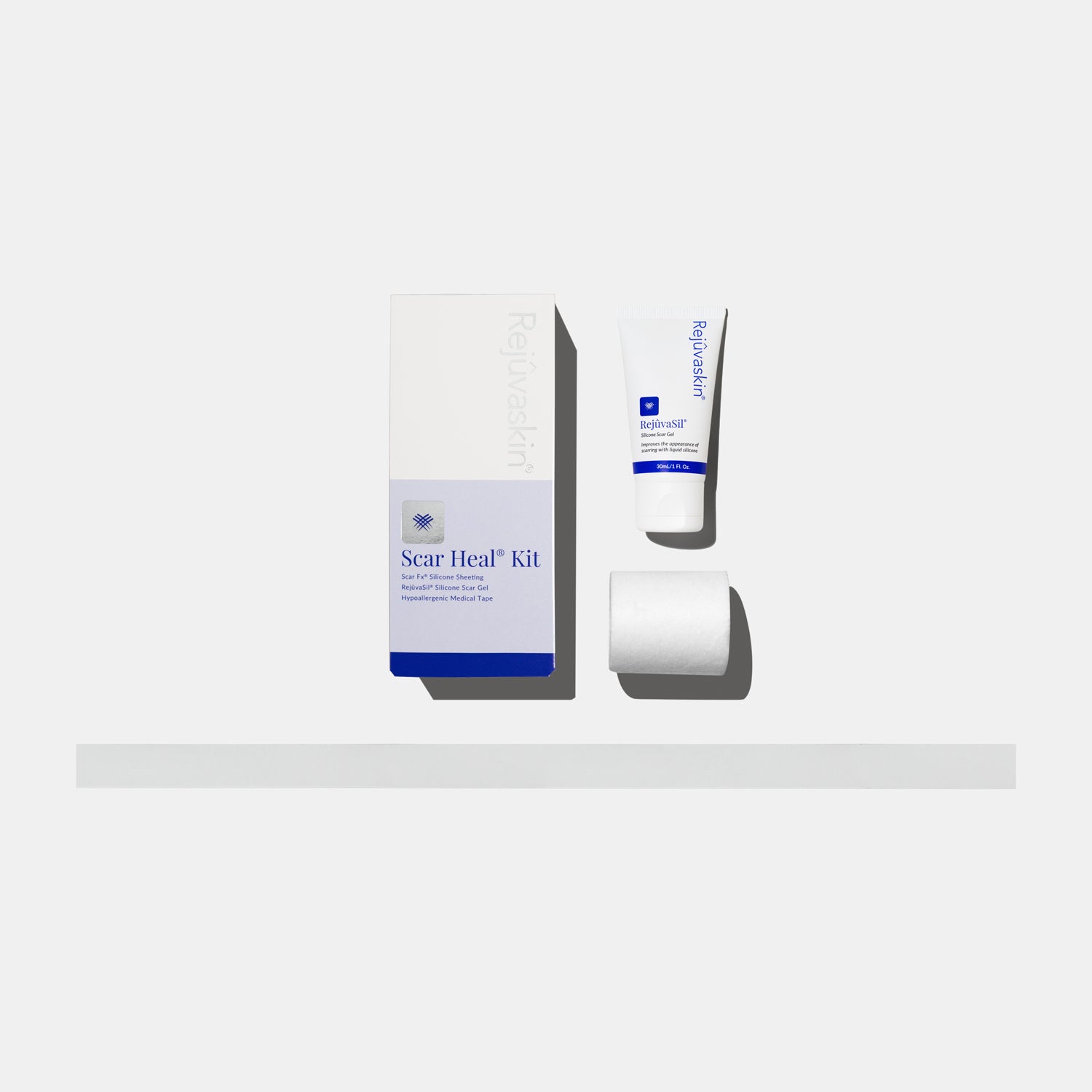


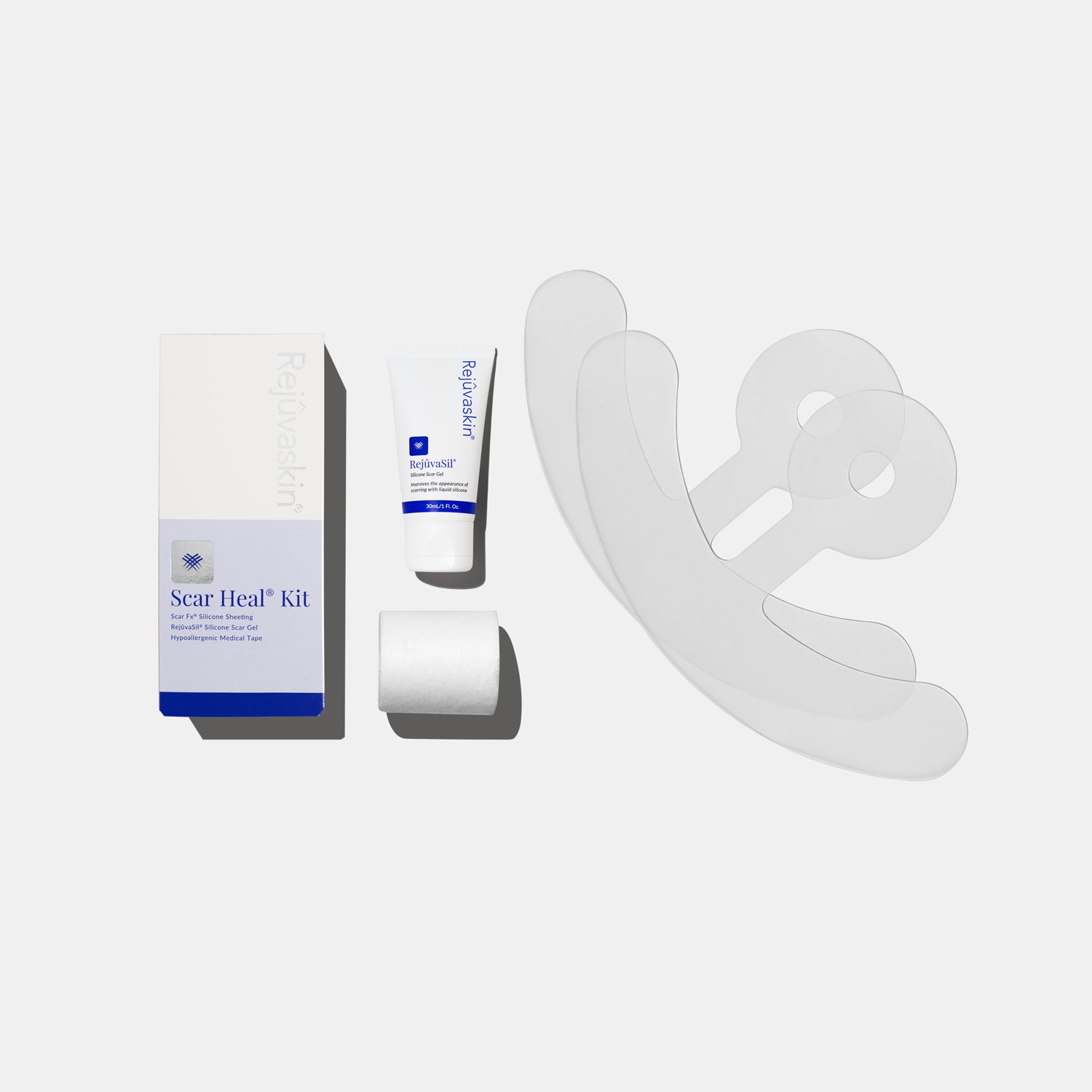
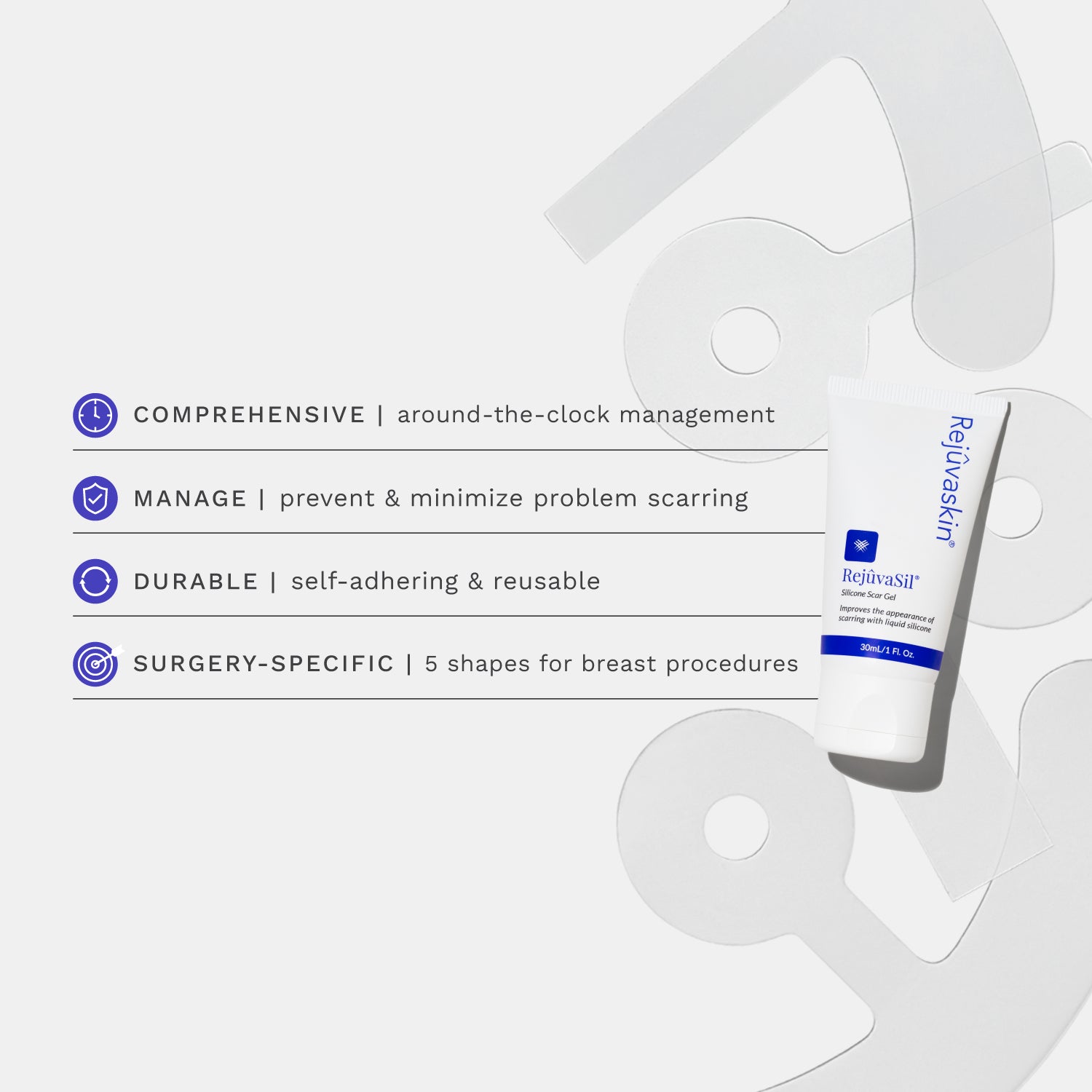
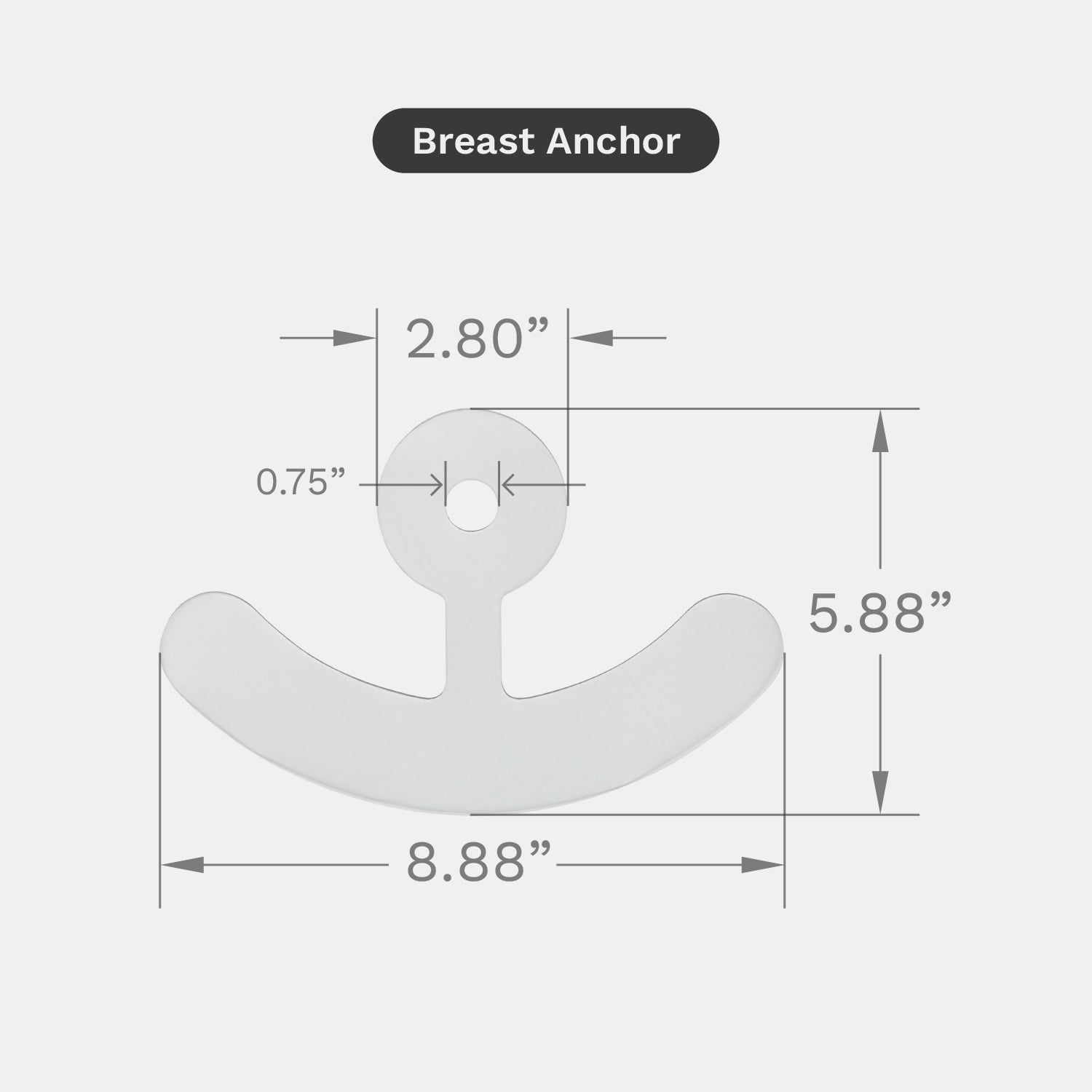
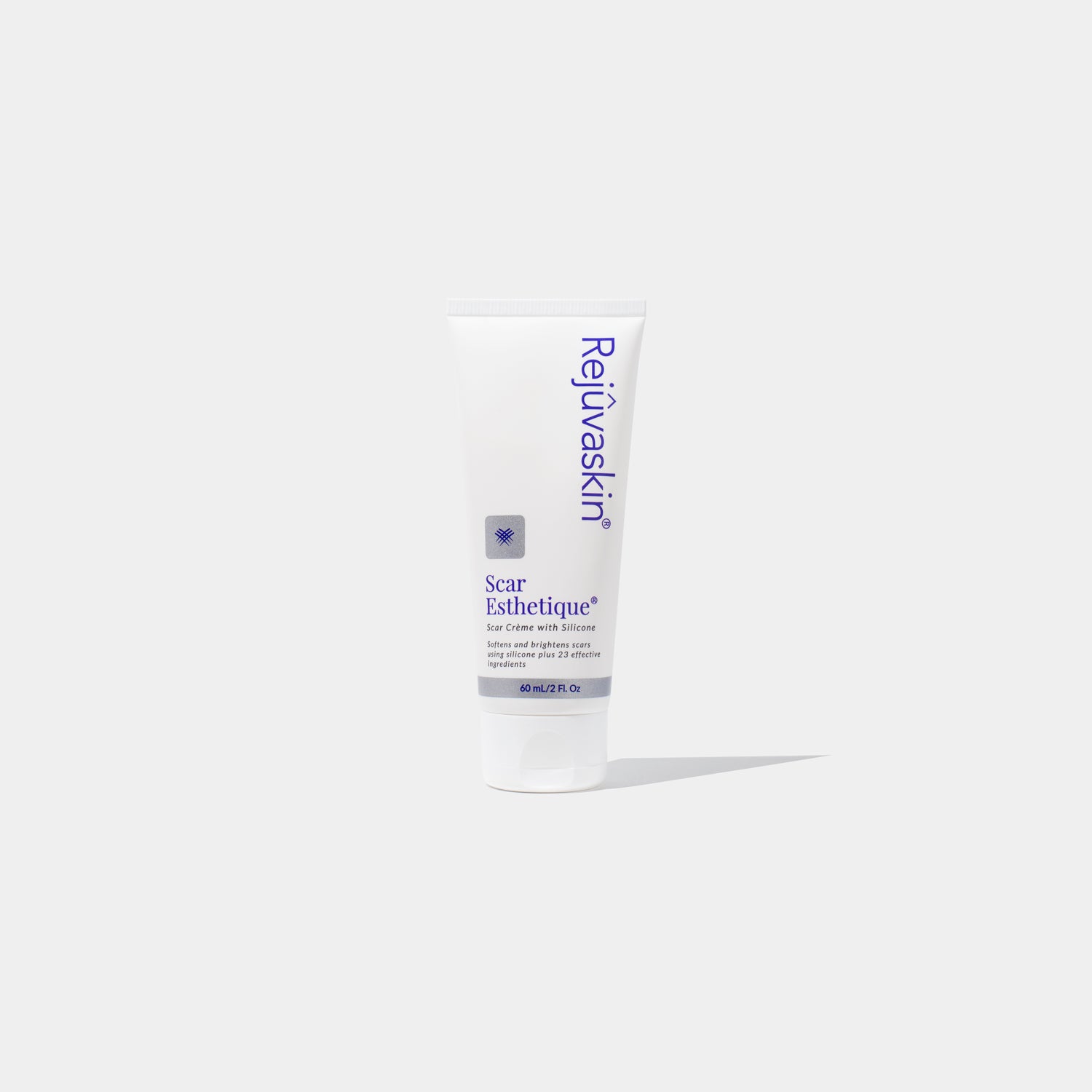
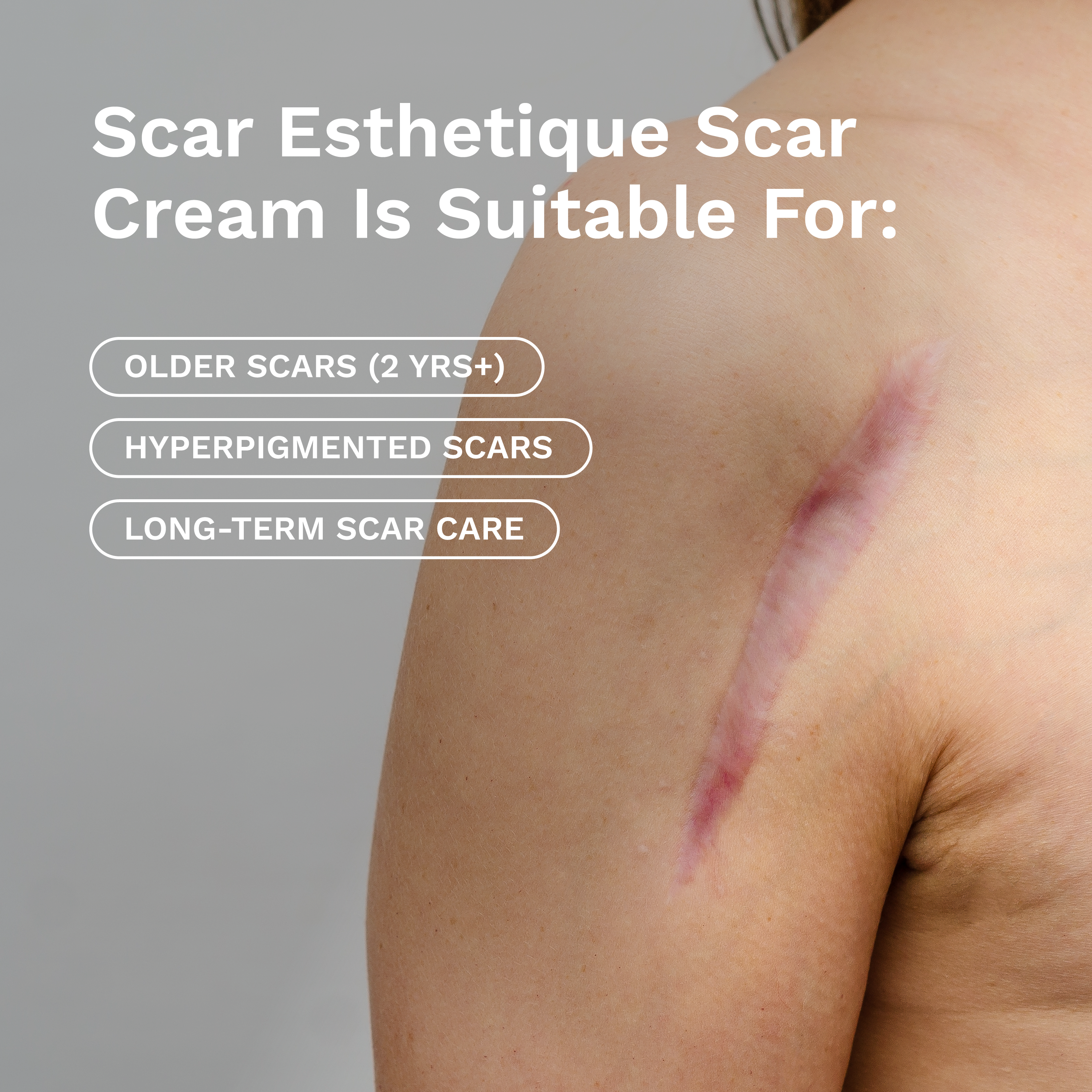








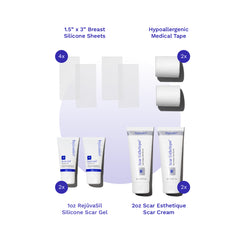
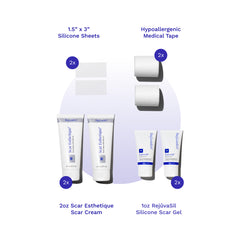



Leave a comment